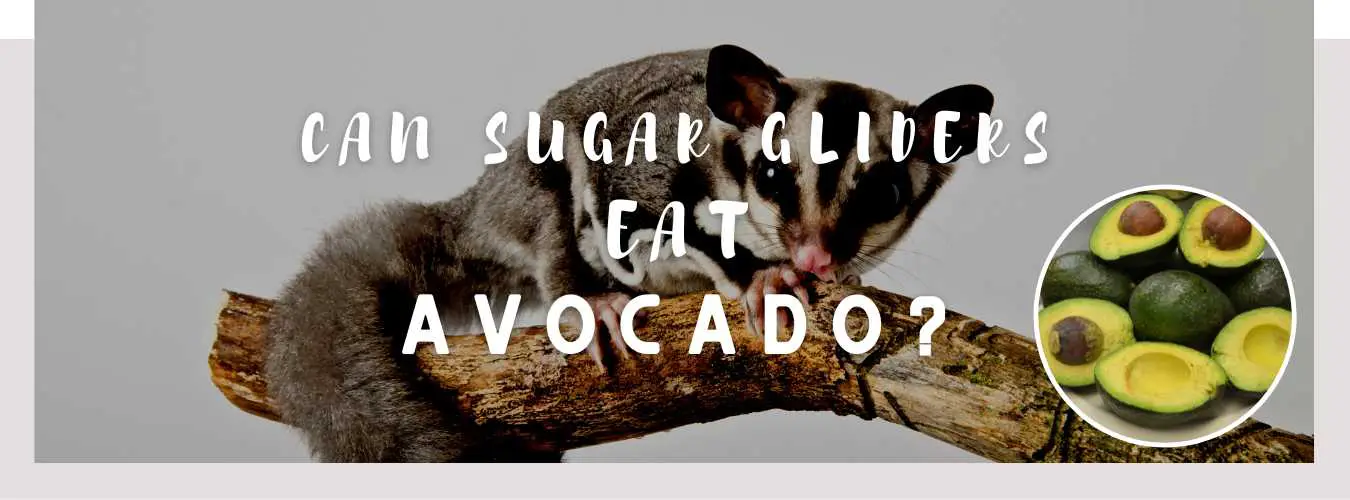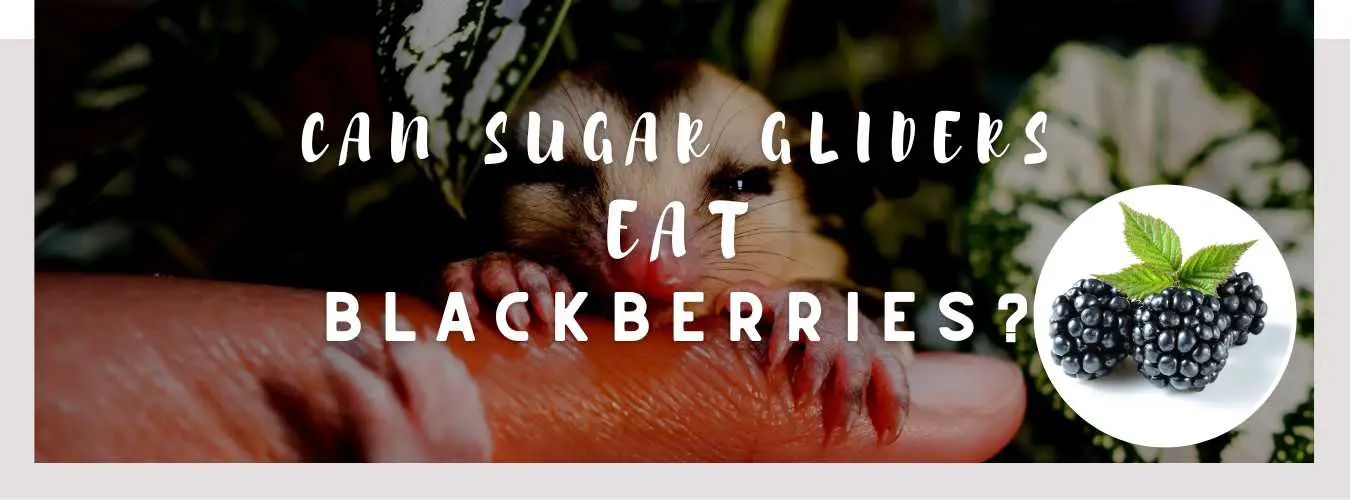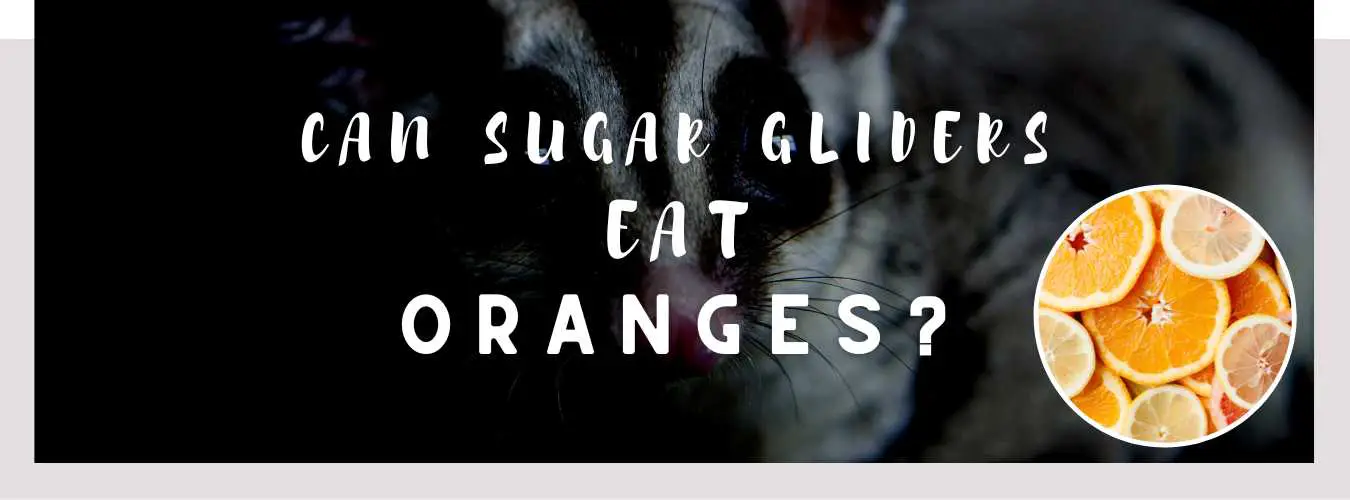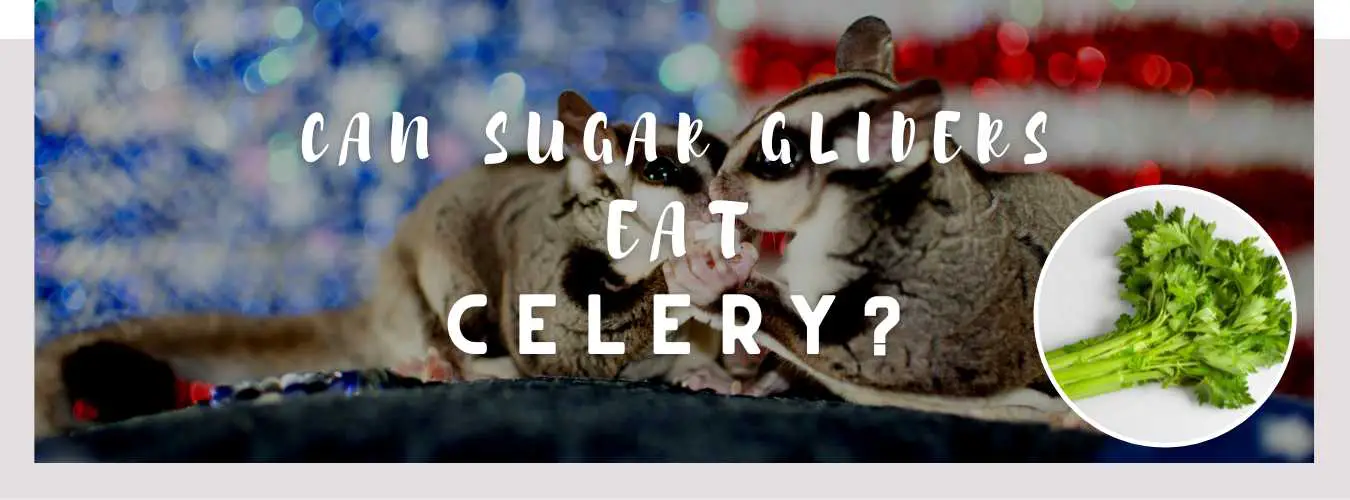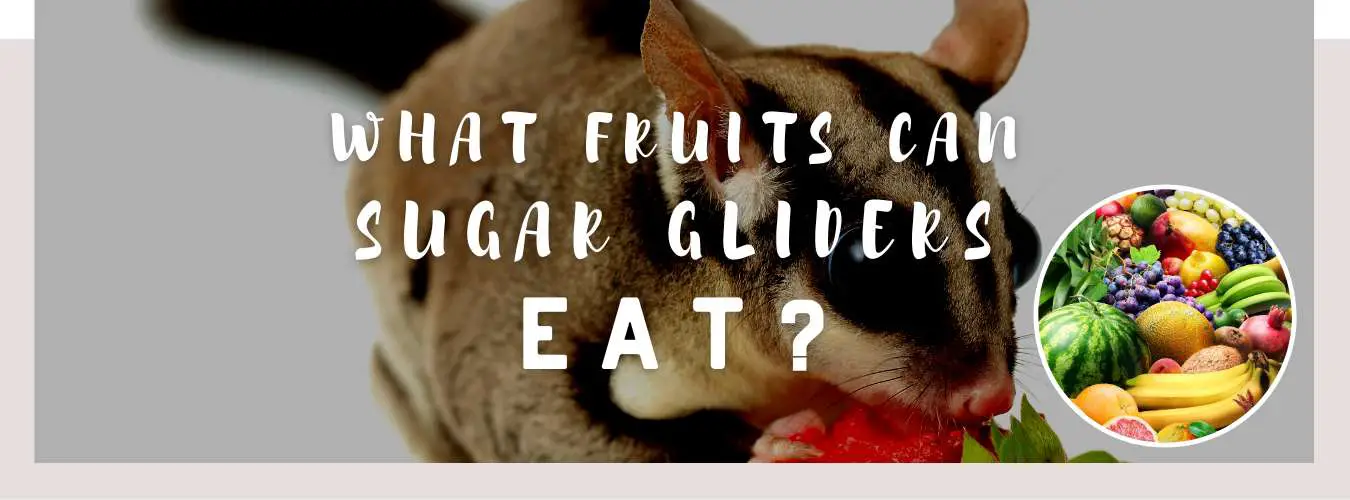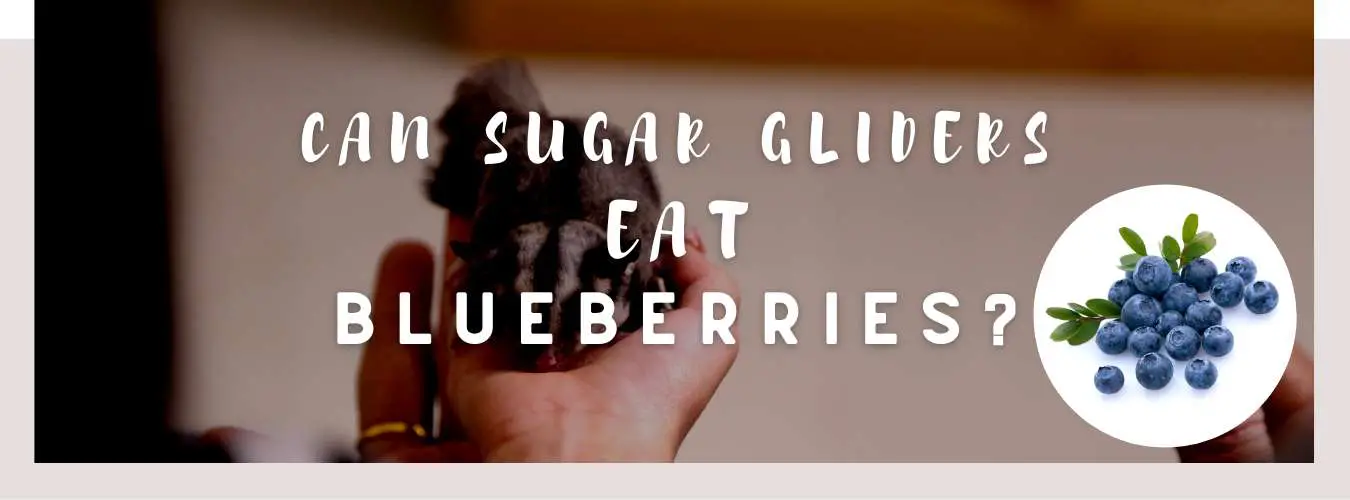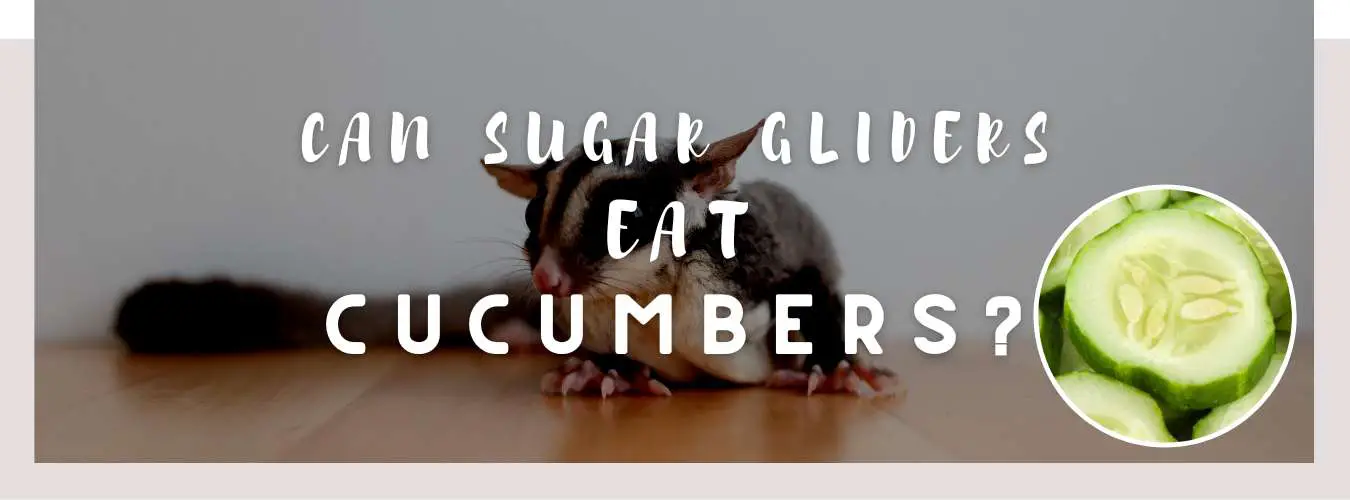
The answer to the question “Do deer eat snapdragons?” is: it depends.
Deer are known to be herbivores, and they will eat a wide variety of plants. However, the extent to which they will consume snapdragons will depend on the availability of other food sources, the palatability of the snapdragons, and other factors.
If you’re considering planting snapdragons in an area where deer are present, it’s important to understand the potential risks and take steps to protect your plants.
In this article, we’ll explore the topic of deer and snapdragons in greater detail, including:
What are snapdragons and why are they popular in gardens?
What do deer typically eat?
Are snapdragons a preferred food source for deer?
How to protect snapdragons from deer damage.
You might also like: Do Deer Eat Irises?
What are Snapdragons and Why are They Popular in Gardens?

Snapdragons (Antirrhinum majus) are a popular garden plant, known for their attractive, brightly colored flowers. They are native to the Mediterranean region, but are now widely grown in gardens around the world.
Snapdragons are popular for a number of reasons, including:
- They are easy to grow and care for.
- They have a long blooming period, typically from spring to fall.
- They come in a wide range of colors, including red, orange, yellow, pink, purple, and white.
- They are relatively disease-resistant and low maintenance.
Snapdragons are also popular with gardeners who are looking to attract pollinators, such as bees, butterflies, and hummingbirds, to their gardens.
What do Deer Typically Eat?
Deer are known to be opportunistic feeders, and they will consume a wide variety of plant materials, depending on what is available in their environment.
In general, deer prefer to eat tender young shoots and leaves, as well as the buds and flowers of plants. They are also known to consume bark and twigs, particularly in the winter when other food sources are scarce.
Some of the most commonly consumed plants by deer include:
- Grasses and other herbaceous plants.
- Tree seedlings and saplings.
- Ferns, shrubs, and other woody plants.
- Garden vegetables and fruits, such as lettuce, spinach, and apples.
You might also like: Do Deer Eat Ferns?
Are Snapdragons a Preferred Food Source for Deer?
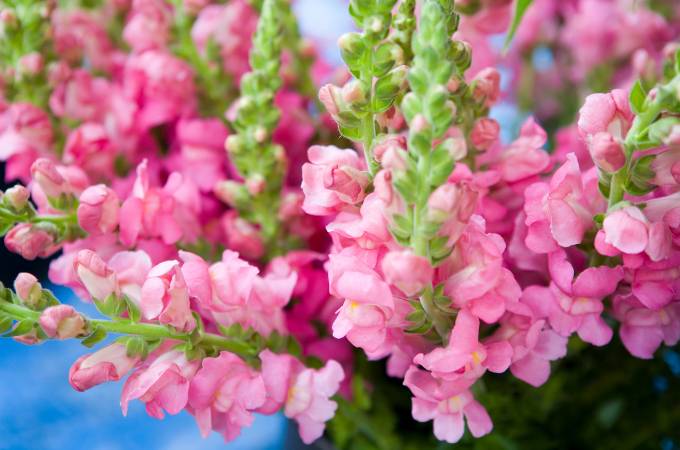
Snapdragons are not typically a preferred food source for deer, but they may be consumed if other food sources are scarce.
The palatability of snapdragons to deer can vary depending on a number of factors, including:
- The age and stage of growth of the plants.
- The presence of other food sources.
- The health and vigor of the plants.
- The time of year and local weather conditions.
In general, younger snapdragon plants are more susceptible to deer damage than older, more established plants. This is because the tender shoots and leaves of younger plants are more palatable to deer than the tough, fibrous stems and leaves of older plants.
How to Protect Snapdragons from Deer Damage
If you’re concerned about deer damaging your snapdragons, there are several steps you can take to reduce the risk:
Plant snapdragons in an area where deer are less likely to visit. This might include areas close to buildings, near other plants that are less attractive to deer, or in areas that have been fenced to exclude deer.
Use deer-resistant plants in your garden. There are many plants that are less attractive to deer, such as daffodils, hyacinths, and peonies. By planting these around your snapdragons, you can make the area less appealing to deer and reduce the risk of damage.
Use physical barriers to protect your snapdragons. Fencing or mesh netting can be used to exclude deer from your garden. A fence should be at least 8 feet tall to be effective, and it should be placed around the entire perimeter of the garden to prevent deer from jumping in.
Use deer repellents. There are a number of commercially available deer repellents that can be sprayed on plants to make them less attractive to deer. These repellents contain natural ingredients, such as garlic and hot pepper, that are unpleasant to deer but safe for humans and other animals.
Plant snapdragons in pots or containers. By planting snapdragons in pots, you can protect them from deer damage and easily move them indoors or to a protected area if necessary.
In conclusion, deer may eat snapdragons if other food sources are scarce, but they are not typically a preferred food source for deer. To protect your snapdragons from deer damage, consider planting in an area that is less attractive to deer, using physical barriers, and using deer repellents. With a little bit of care and attention, you can enjoy a beautiful, thriving snapdragon garden, free from deer damage.


